With lightning in its logo, it would be strange if electrification at Opel did not take place in an era when electric mobility is emerging as a central theme in the automotive industry.
As you are well aware, the Rüsselsheim brand has an ambitious project to electrify its range in progress, with the intention that by 2024 all models in its range will have an electric or hybrid version.
However, this future is not what we are going to talk to you about today. Instead, let's step back in time and look back on the journey of electrification at Opel, from its beginnings to the present day.
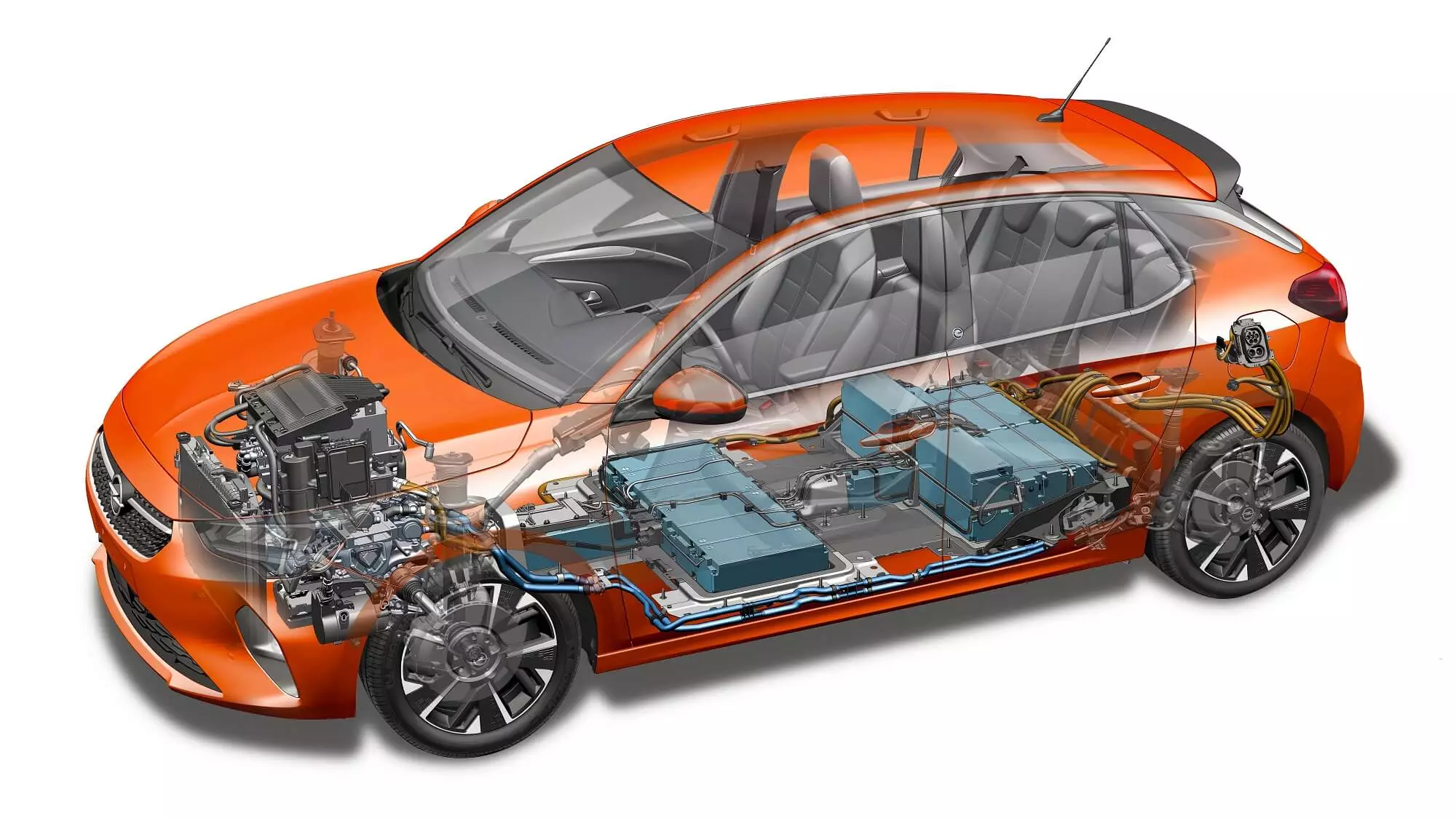
For 50 years, Opel has been studying the subject of electric mobility: from the prototype of a hybrid Opel Kadett to an all-electric Astra, models abound in the history of electrification at Opel. Today, we give you to meet them.
Opel Stir-Lec 1 (1968)
Opel's first steps in the field of electrification date back to 1968 and a hybrid prototype based on the Opel Kadett called Stir-Lec 1.
Capable of reaching 90 km/h, the Opel Stir-Lec 1 had 14 lead batteries that were permanently recharged by a small Stirling engine, an external combustion engine.
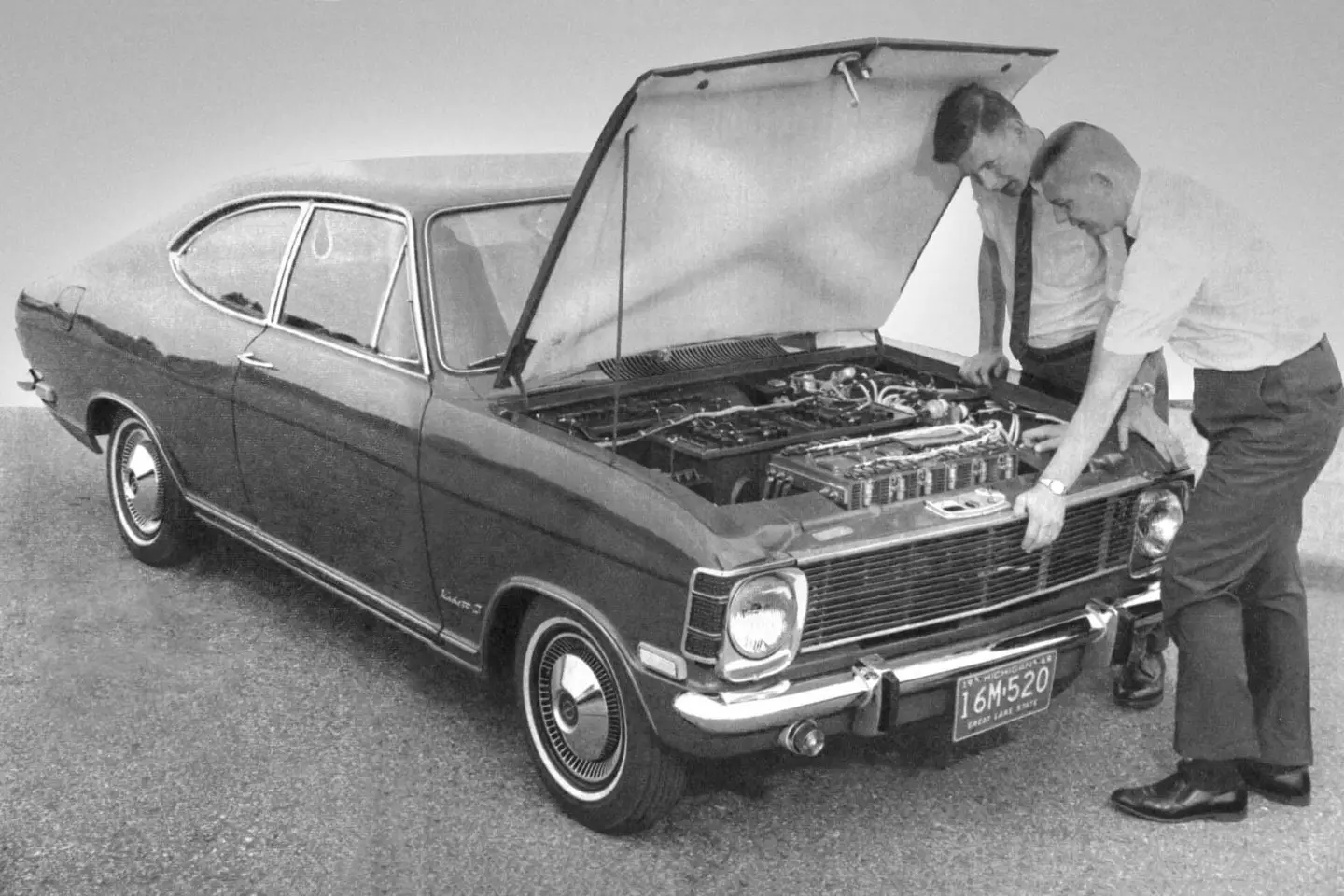
Opel Electro GT (1971)
The history of electrification at Opel reached an important moment when it unveiled its first 100% electric prototype, three years after the birth of the Opel Stir-Lec 1.
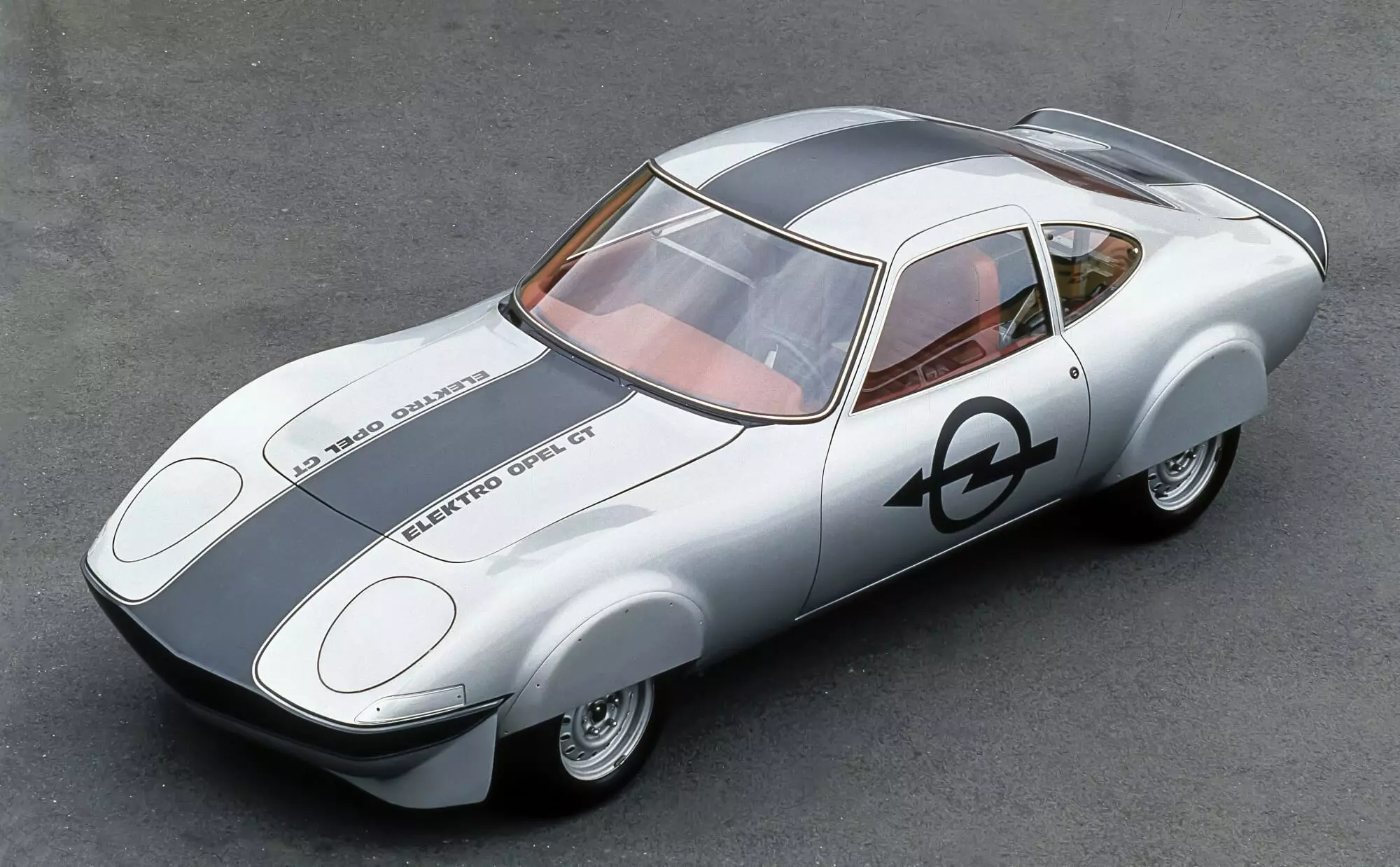
Named Opel Electro GT and based on the… Opel GT, this prototype featured two paired electric motors that delivered 120 hp (88 kW).
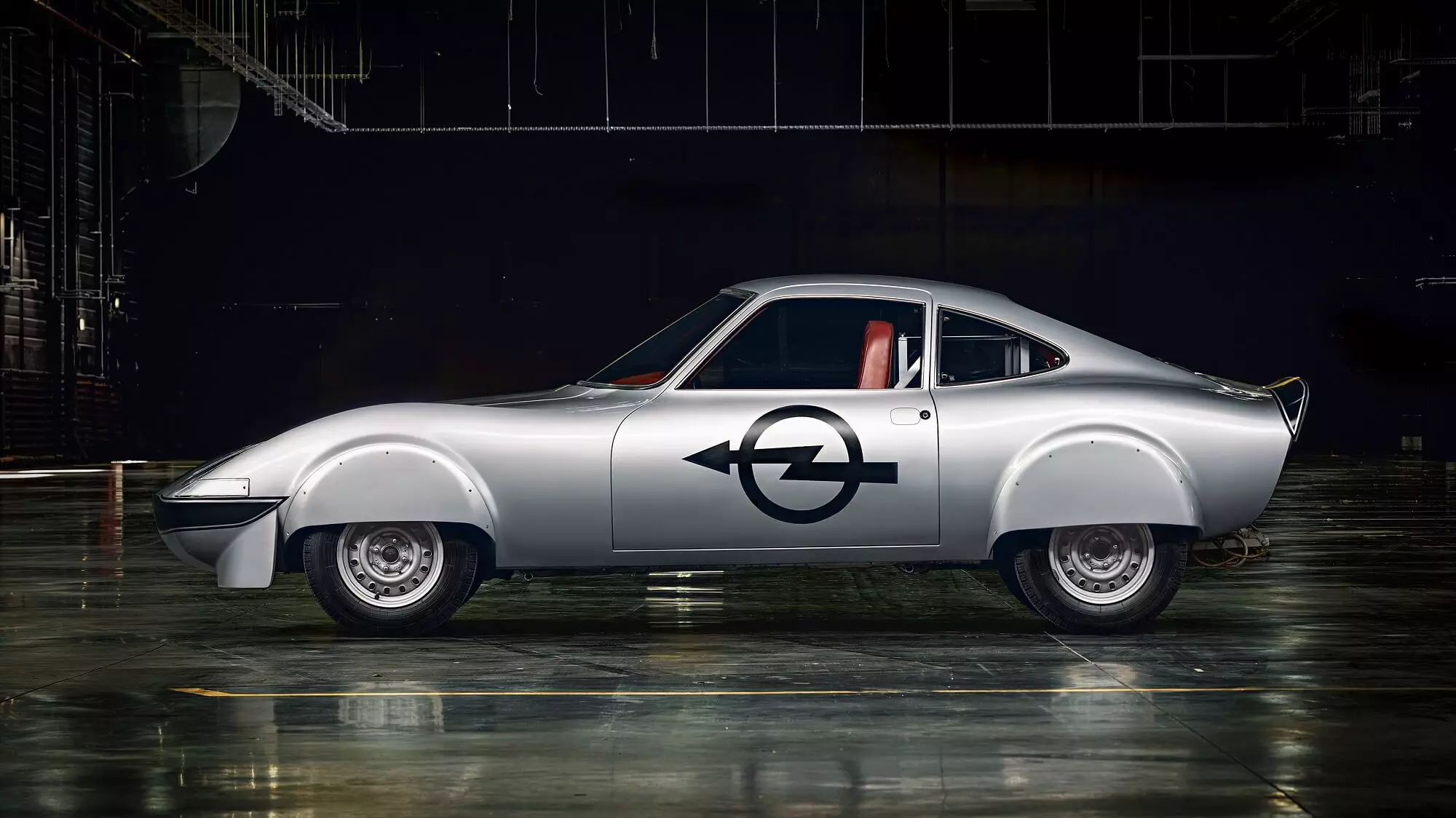
These were powered by a nickel-cadmium battery that weighed 590 kg and allowed a stabilized speed of 100 km/h to travel 44 km.
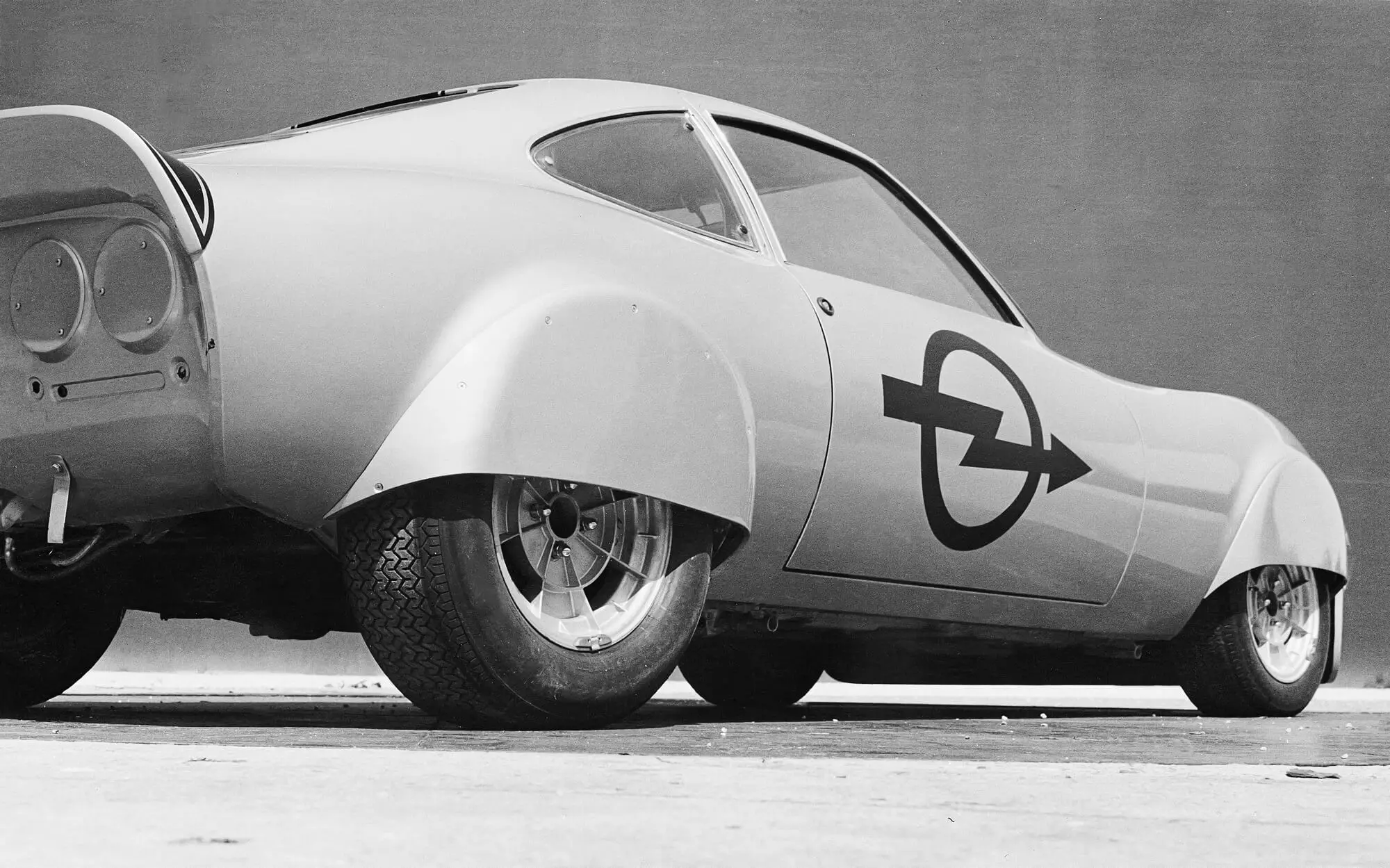
Capable of reaching 188 km/h, the Opel Electro GT set six world records for electric vehicles with Georg von Opel at the wheel, grandson of the founder of the German brand.
Opel Impuls (1990)
Based on the Opel Kadett E, the Opel Impuls featured a 16 kW (22 hp) electric motor. Powering it was a 14.3 kWh nickel-cadmium battery with liquid electrolyte. With an autonomy of about 80 km , this was capable of reaching 100 km/h.
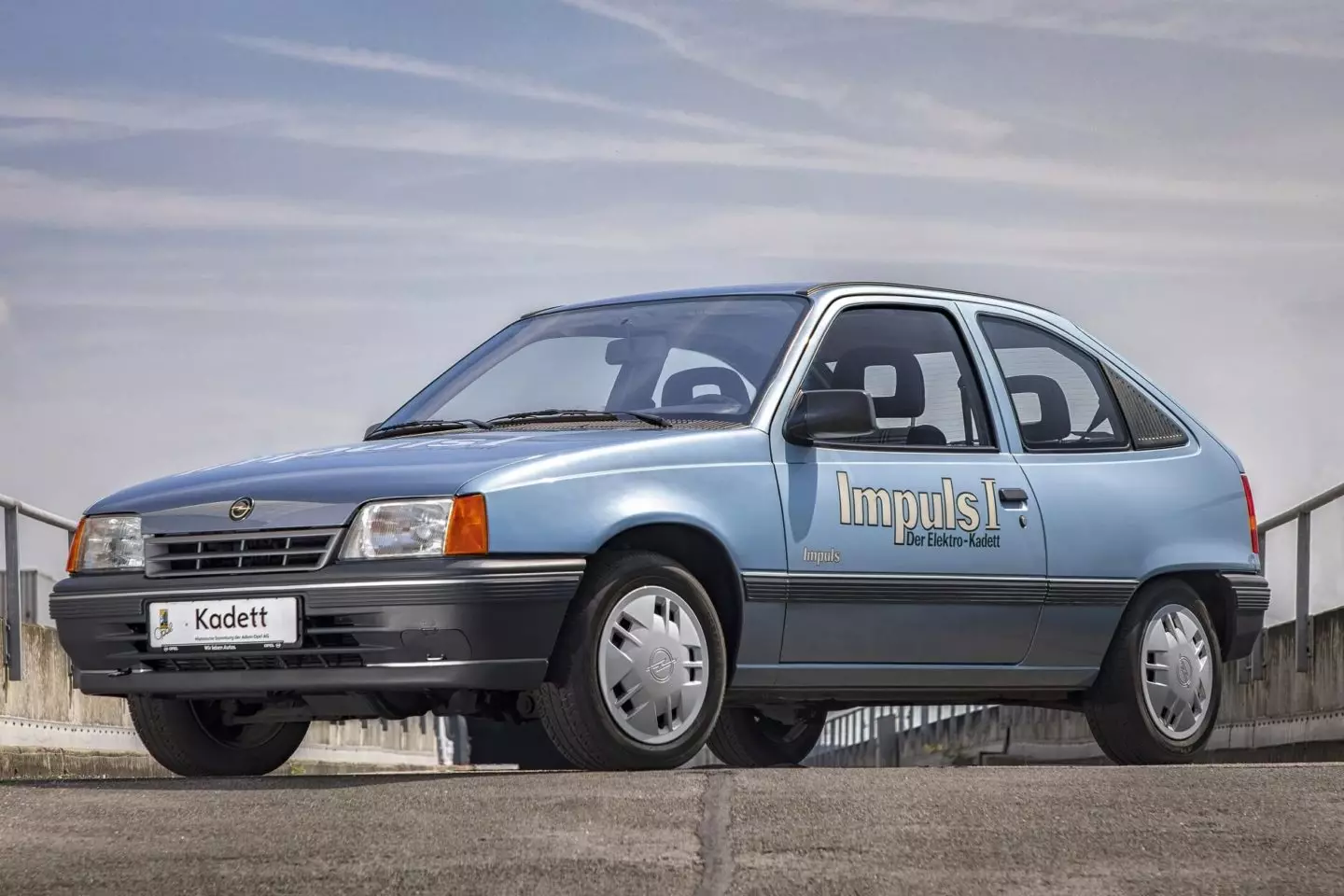
Opel Impuls II (1991)
A year after the first Impuls and based on the first generation Opel Astra Caravan, the Opel Impuls II had a total of 32 lead batteries. This powered two asynchronous three-phase motors with a total power of approximately 45 kW (61 hp).
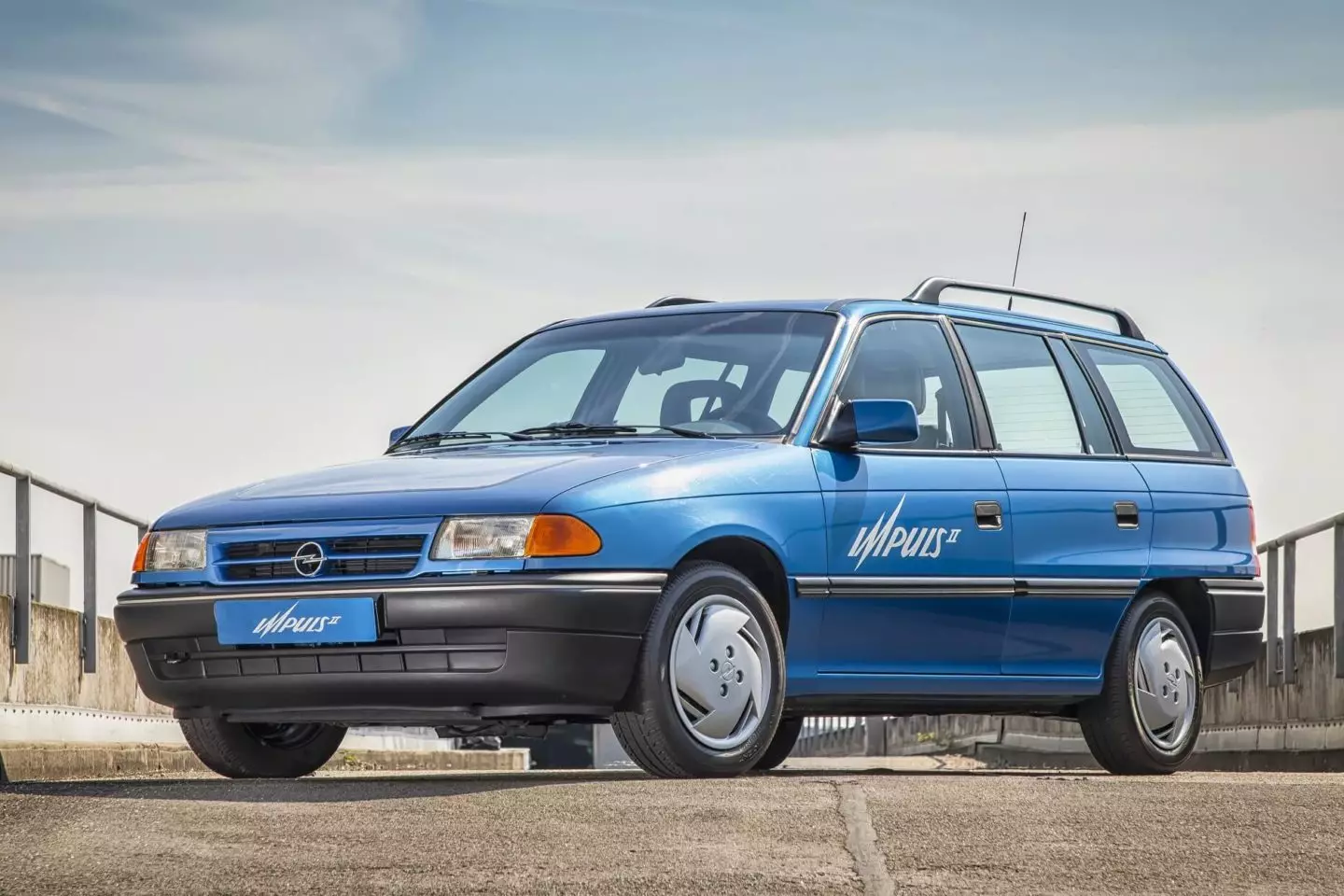
Opel Twin (1992)
Unveiled at the Geneva Motor Show, the Opel Twin was a curious prototype to say the least. On the (open) road, it used a gasoline engine, with three cylinders, only 800 cm3, and 34 hp.
Subscribe to our newsletter
In the city, the rear "platform" that integrated the rear axle and all the mechanical part could be removed and replaced by another (image below), equipped with two electric motors (one per wheel) integrated in the wheel hubs with 14 hp (10 kW) each.
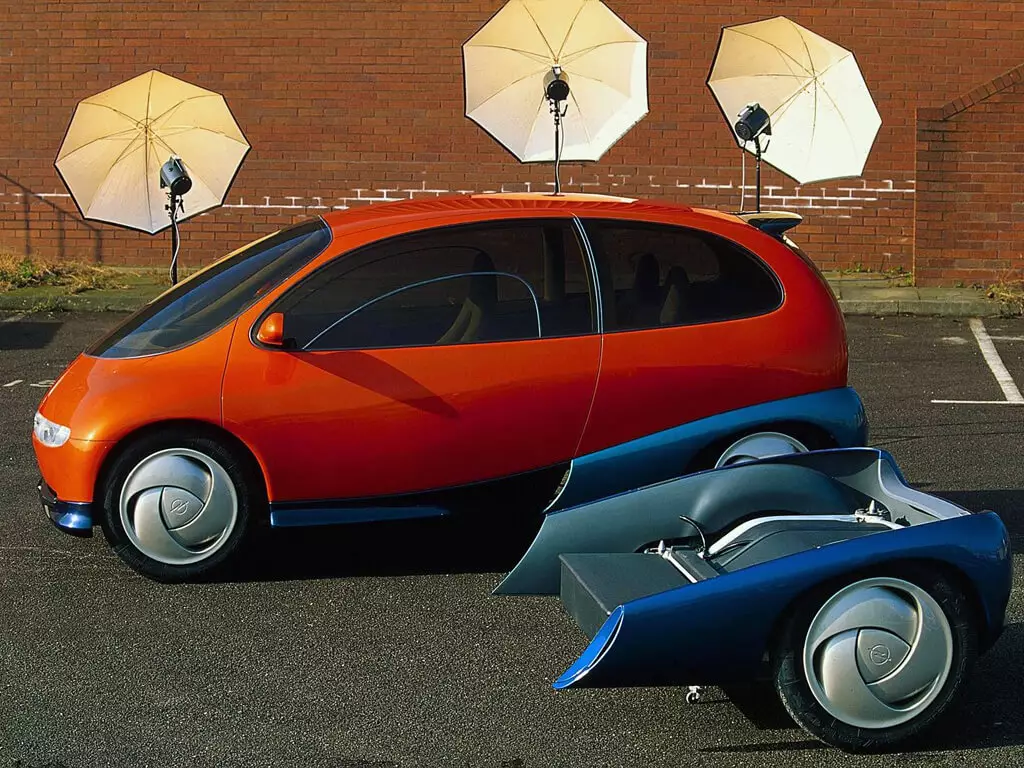
The Opel Twin also stood out for its central driving position, with space for four passengers in total.
Opel Impuls III (1993-1997)
Following up on the Impuls II, the Opel Impuls III was based on the Opel Astra Caravan. The difference is that the German brand took the opportunity to launch its first large-scale testing program with it.
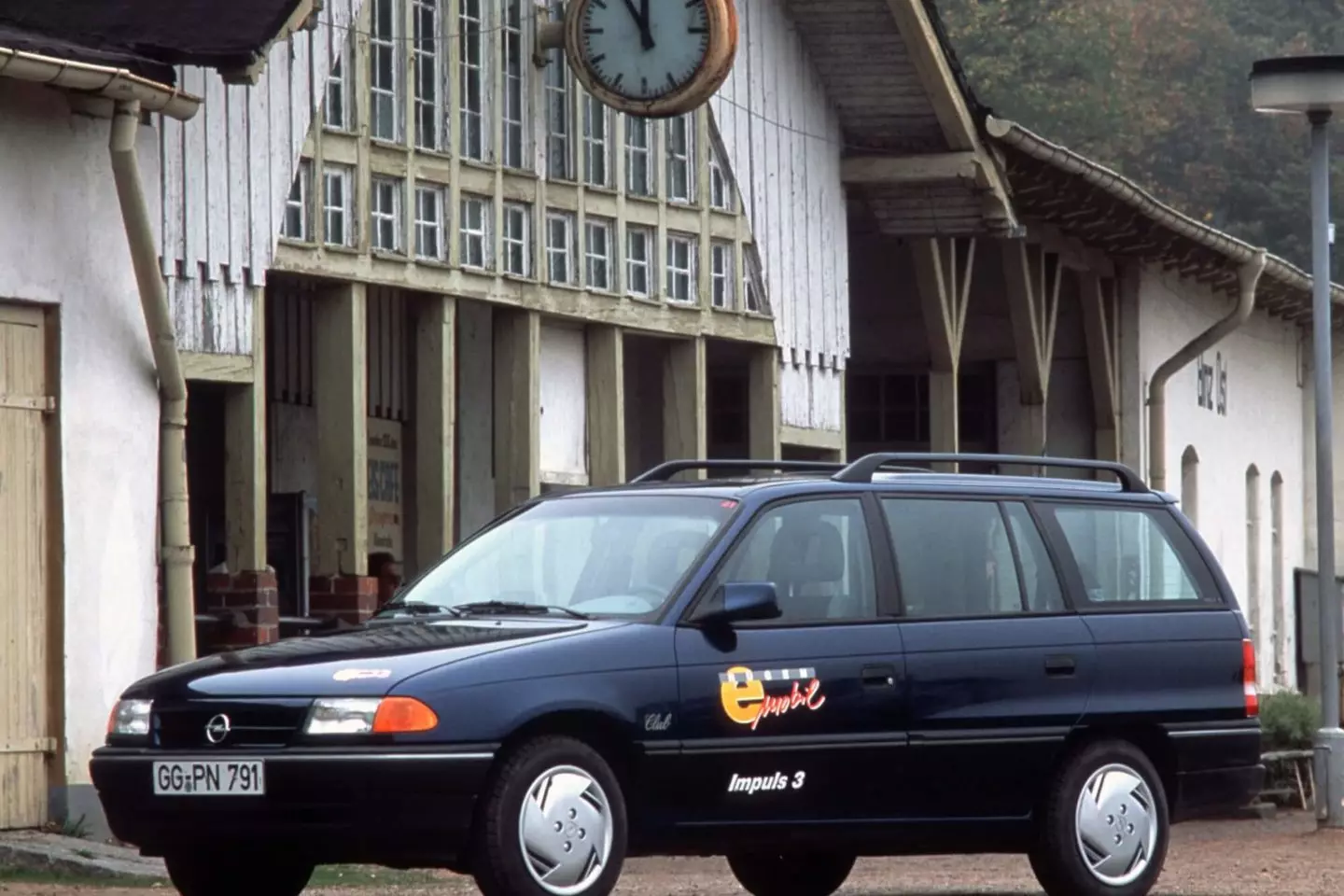
Therefore, a fleet of 10 Impuls III prototypes was placed on the island of Rügen, off the German coast in the Baltic Sea and there they completed more than 300,000 km of tests.
Of these prototypes, five of them had a nickel-cadmium battery (versions of 45 kW or 61 hp) and another five used a battery with a high energy density of sodium/nickel chloride (versions of 42 kW or 57 hp). The electric motors of all these prototypes were of the asynchronous three-phase type.
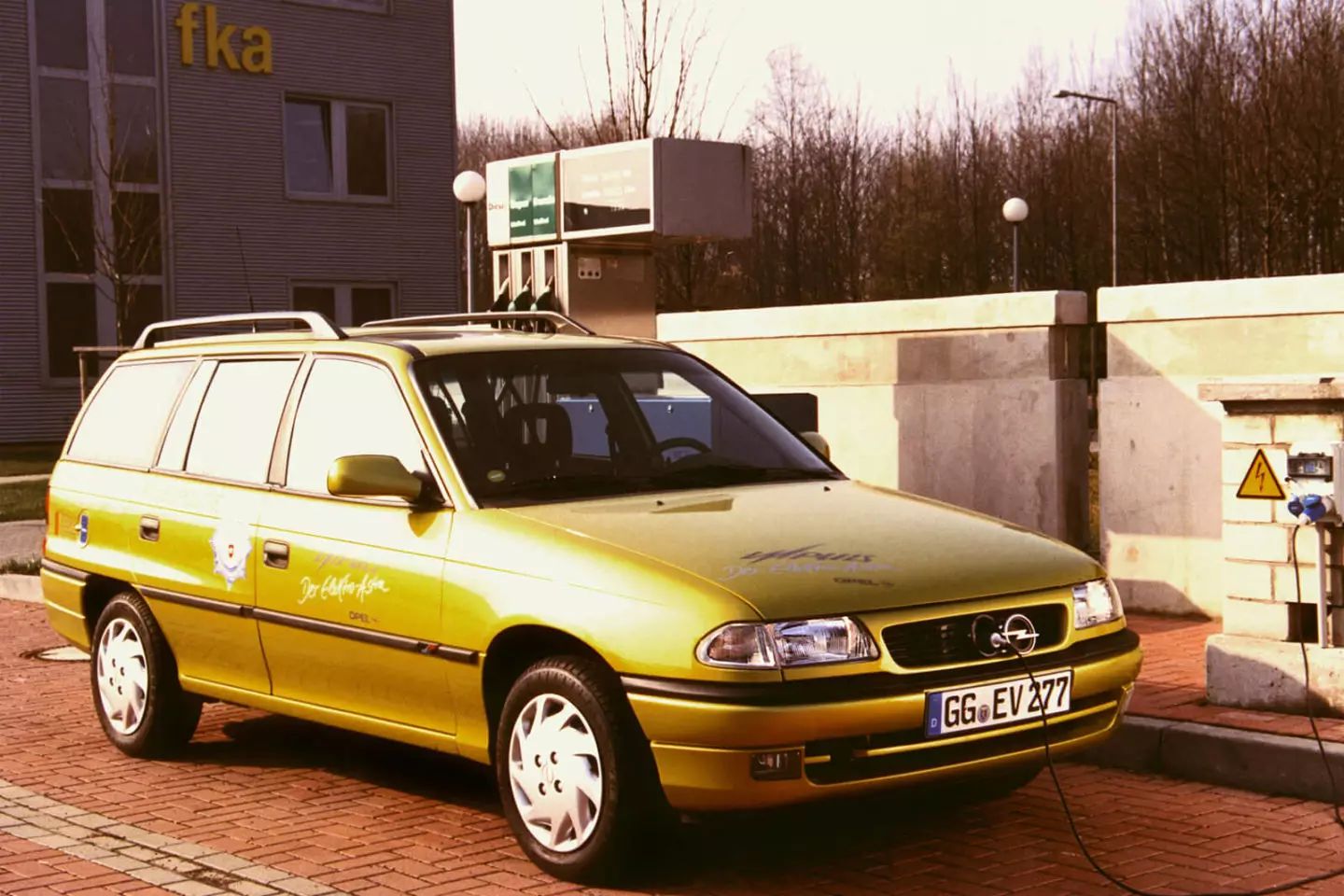
Opel Combo Plus (1995)
In the history of electrification at Opel and taking advantage of the experience gained with the Impuls prototypes, the world of commercial vehicles has not been forgotten.
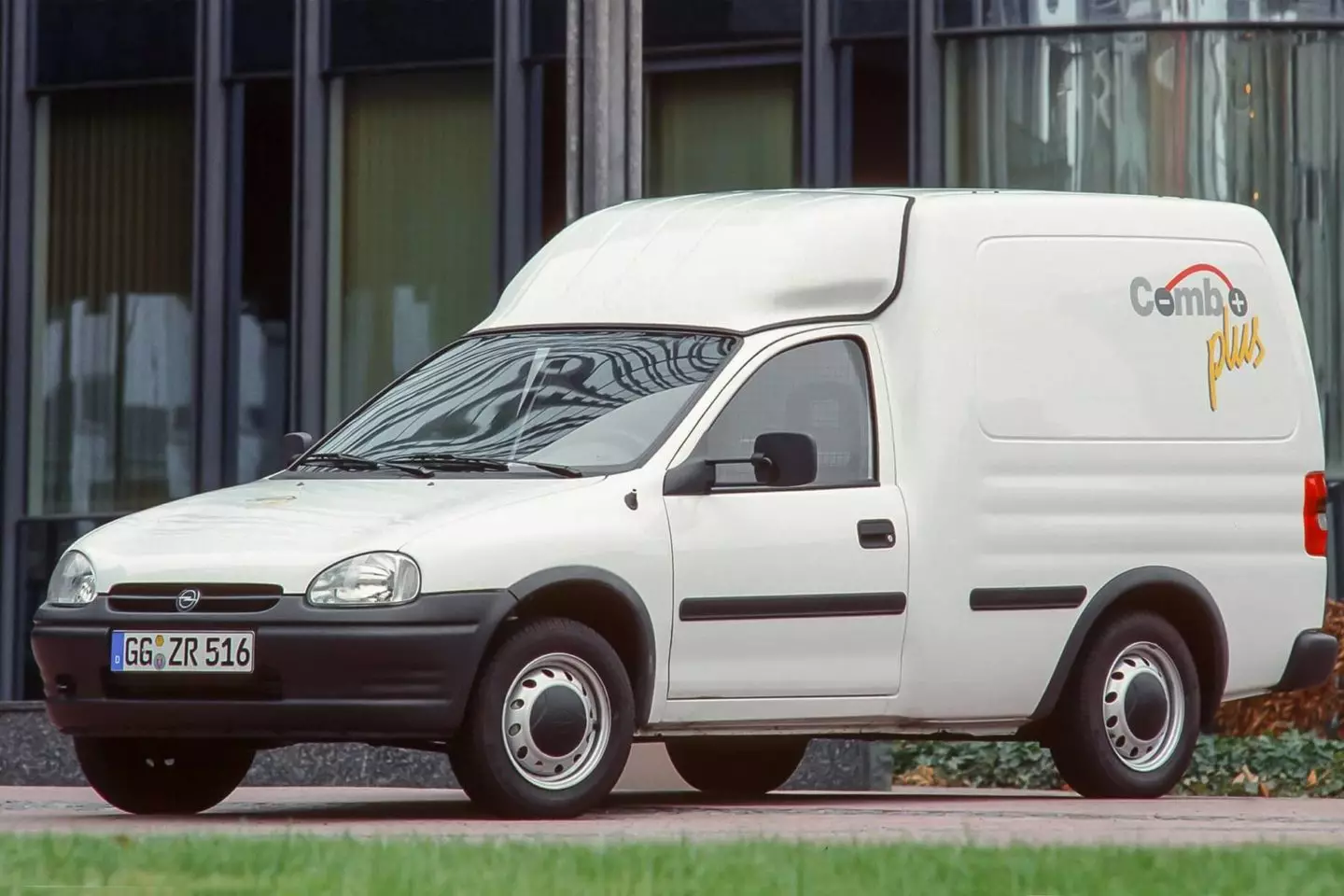
The result was the Opel Combo Plus, which used two sodium/nickel chloride batteries and an asynchronous three-phase electric motor with 45 kW (61 hp) of power.
Opel HydroGen (2000-2008)
In the 21st century, the electrification journey at Opel turned to fuel cell technology, in other words, hydrogen fuel cells.
The first prototype HydroGen , based on the Opel Zafira, appeared in 2000 and featured a hydrogen fuel cell that produced electricity to power an asynchronous three-phase electric motor with 55 kW (75 hp) and 251 Nm of torque.
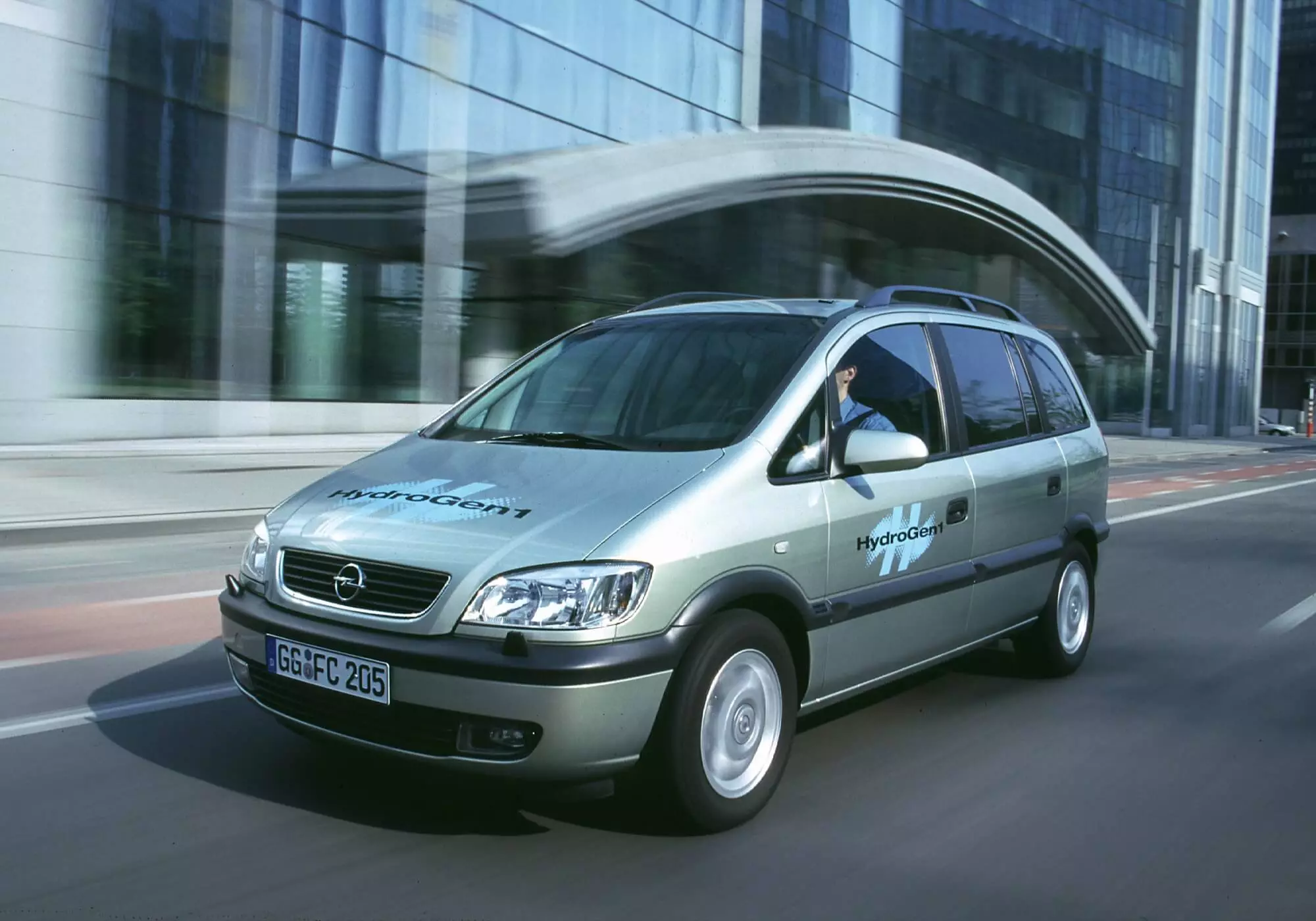
Some time later, a fleet consisting of 20 prototypes Opel HydroGen3 started to be used by customers in real use situations. These were already more powerful, boasting 92 hp (60 kW) and a top speed of 160 km/h.
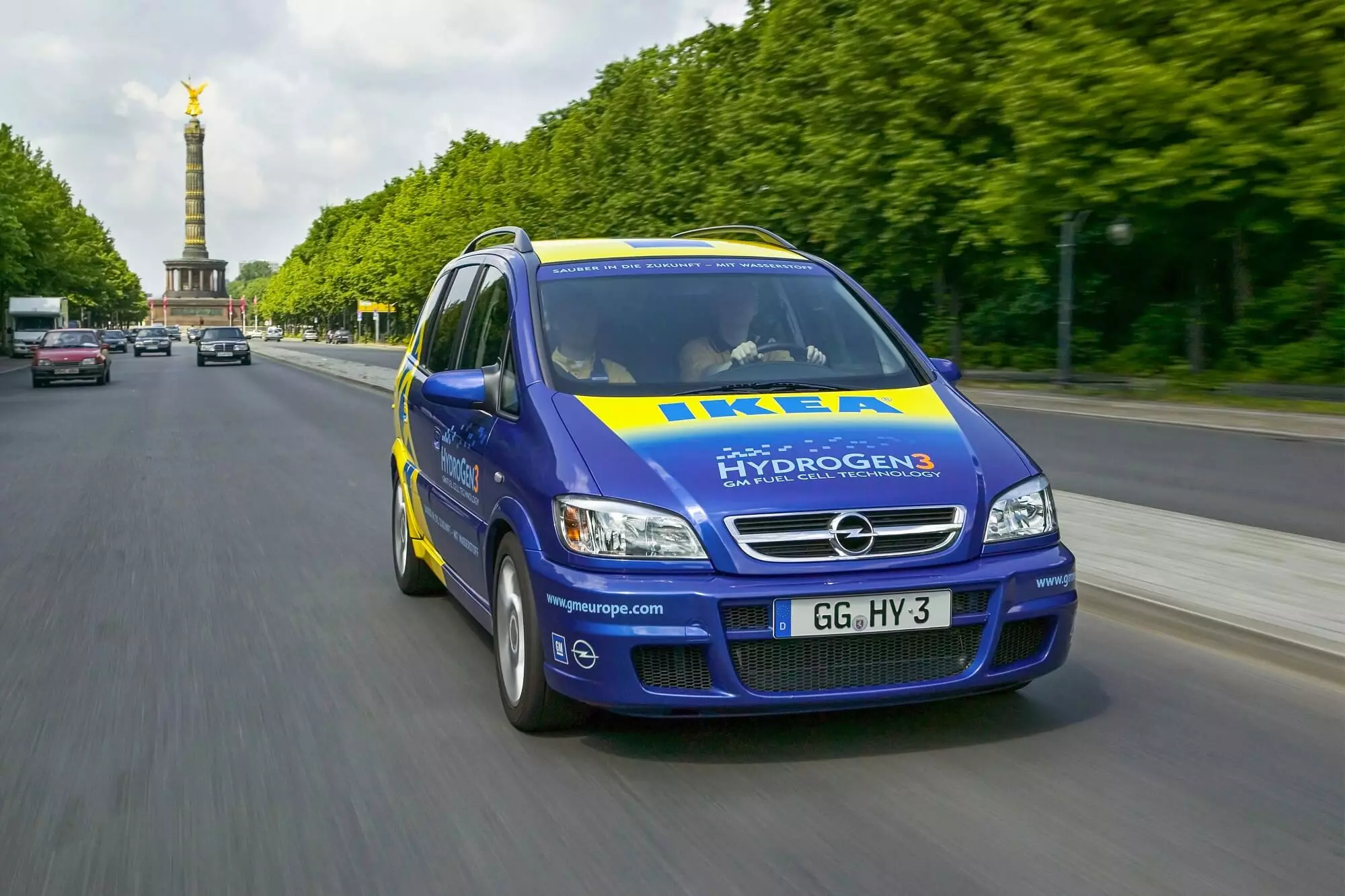
In 2004, two Opel HydroGen3s were part of the “Fuel Cell Marathon”, a 10,000 kilometer race that linked Hammerfest, in Norway, to Cabo da Roca, in Portugal.
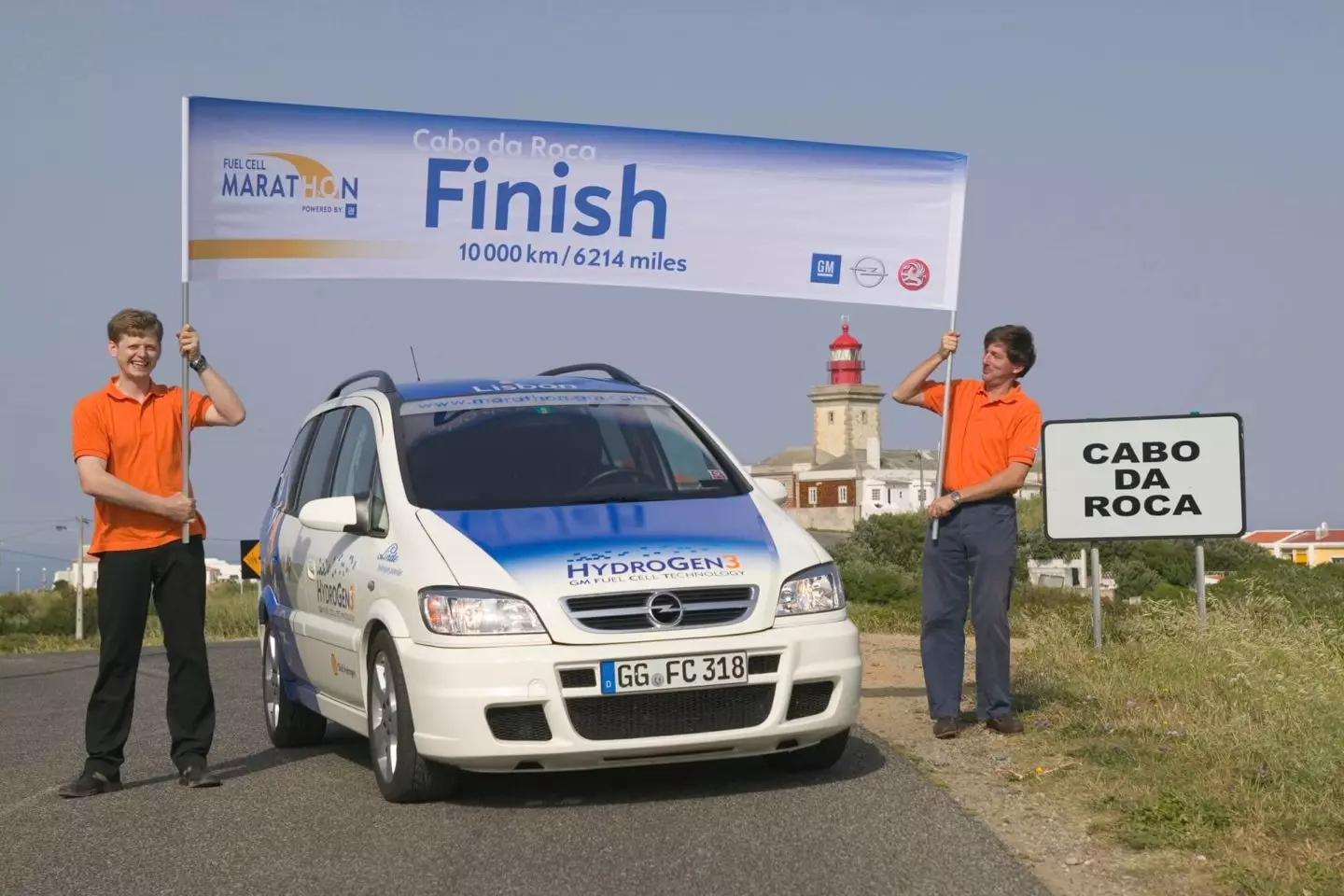
As early as 2005, German driver Heinz-Harald Frentzen driving an Opel Hydrogen3 won the Monte Carlo Rally for cars with alternative engines.
Finally, the Opel HydroGen4 — based on the Chevrolet Equinox — had a fuel cell made up of 440 cells connected in series that powered a 100 hp (73 kW) electric motor that, in peaks, reached 128 hp (94 kW).
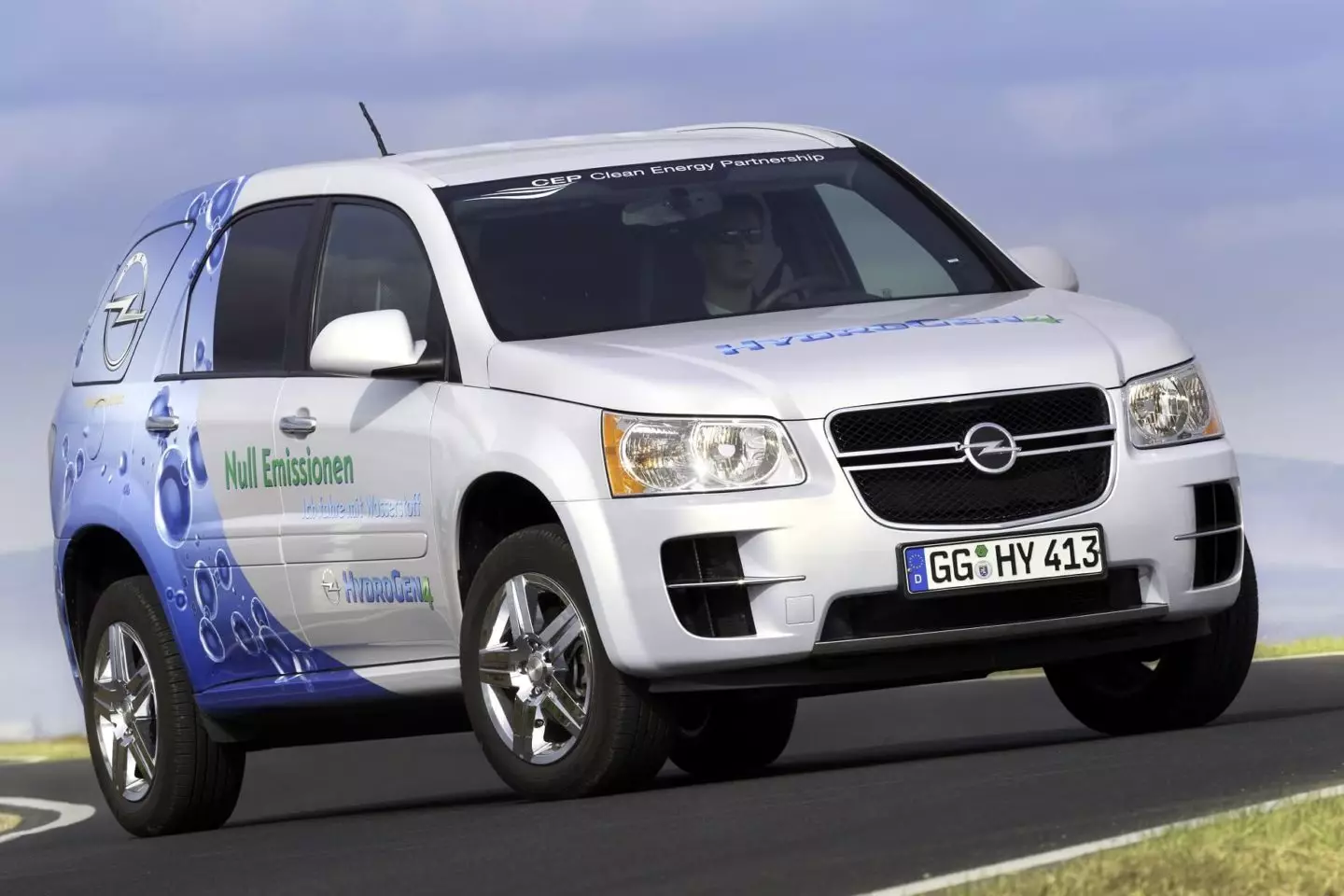
The Opel Hydrogen 4 was based on the Chevrolet Equinox.
In 2008, a fleet of these models began an extended test plan with companies and individuals, in a project supported by the German Ministry of Transport.
Opel Flextreme Concept and Flextreme GT/E Concept (2007 and 2010)
In 2007, Opel took advantage of the Frankfurt Motor Show to unveil the Extreme Concept and with it, explore the concept of an electric vehicle with a range extender. This used the same electric machine as the first Chevrolet Volt/Opel Ampera, but as a range extender it replaced the gasoline engine with a diesel engine (1.3 CDTI).
The electrical autonomy provided by the lithium-ion battery was 55 km.
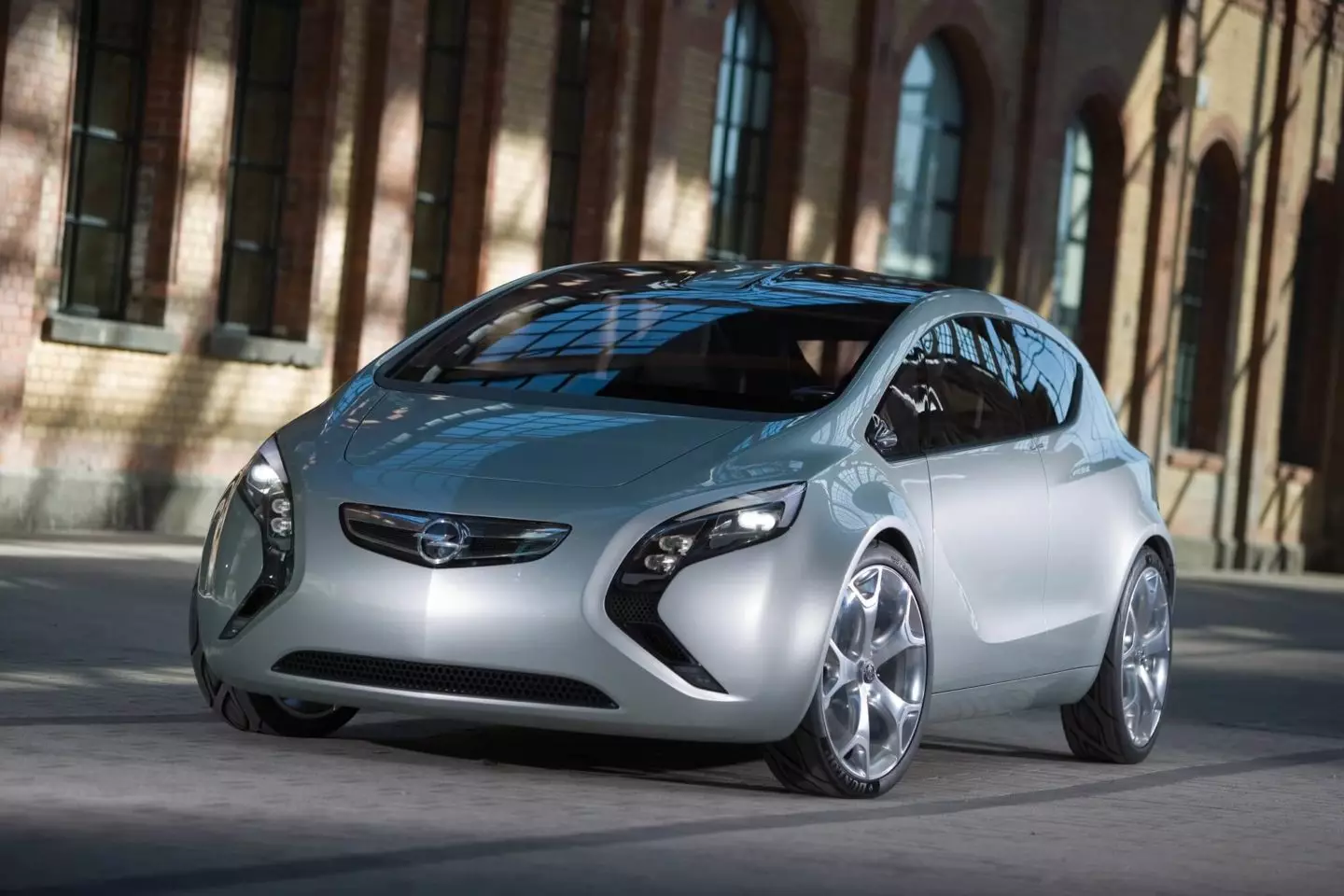
In 2010, the Geneva Motor Show hosted the launch of the Extreme GT/E Concept, that followed the same concept, also using the powertrain of the first Chevrolet Volt and Opel Ampera. Here the range extender was shared with the Volt/Ampera, a 1.4 l petrol unit. The electric range of this concept with a Cx of just 0.22 was 60 km.
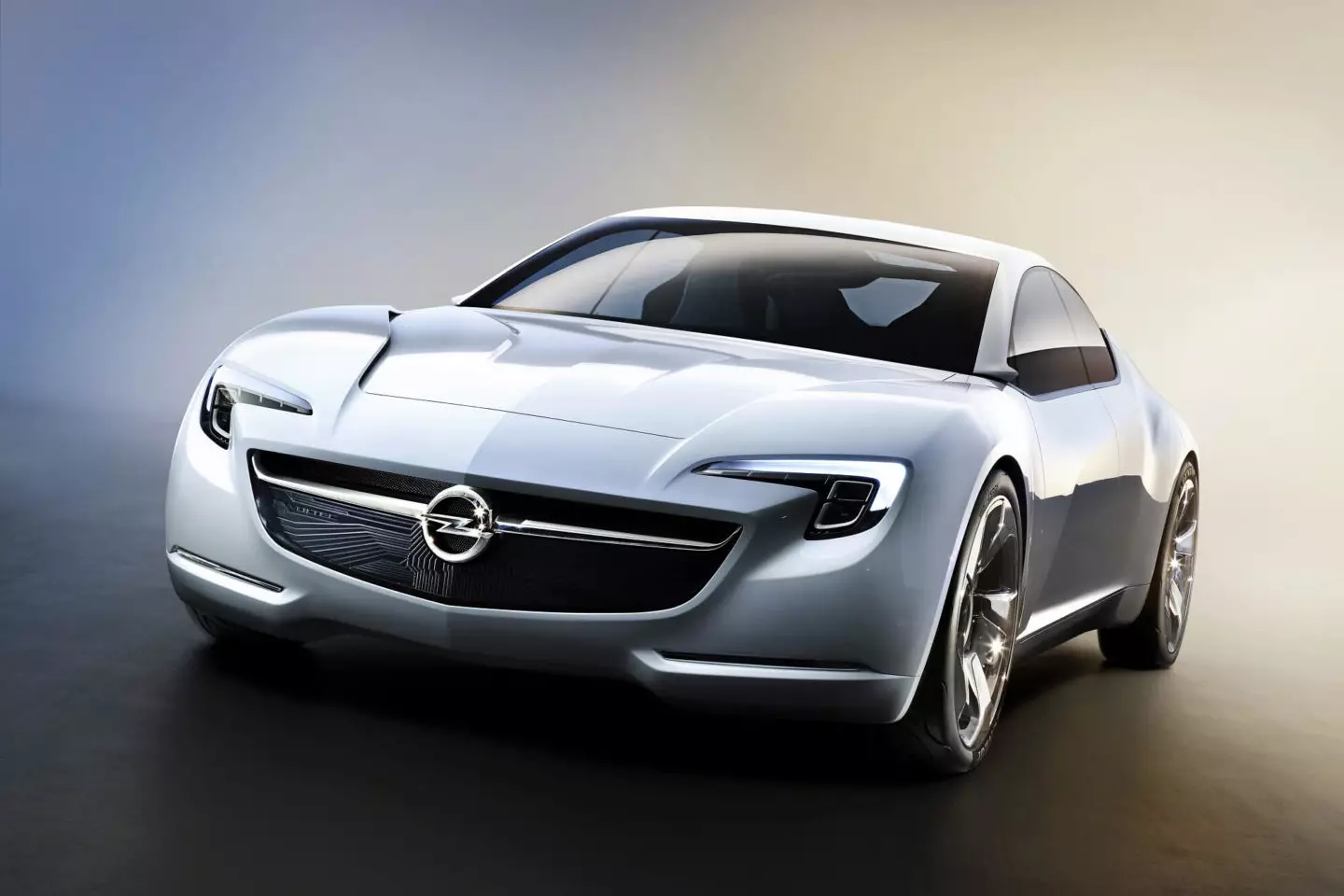
Opel Ampera (2011)
The technology anticipated by the Flextreme and Flextreme GT/E concepts would reach production in 2011 with the Opel Ampera , your first electric car capable of serving everyday needs.
With a lithium-ion battery with a capacity of 16 kWh, which powered a 150 hp (111 kW) electric motor, the Ampera had the autonomy to travel between 40 and 80 km. When the batteries ran out, a gasoline engine (1.4) with 86 hp that served as a generator and powered the electric motor “came into action”.
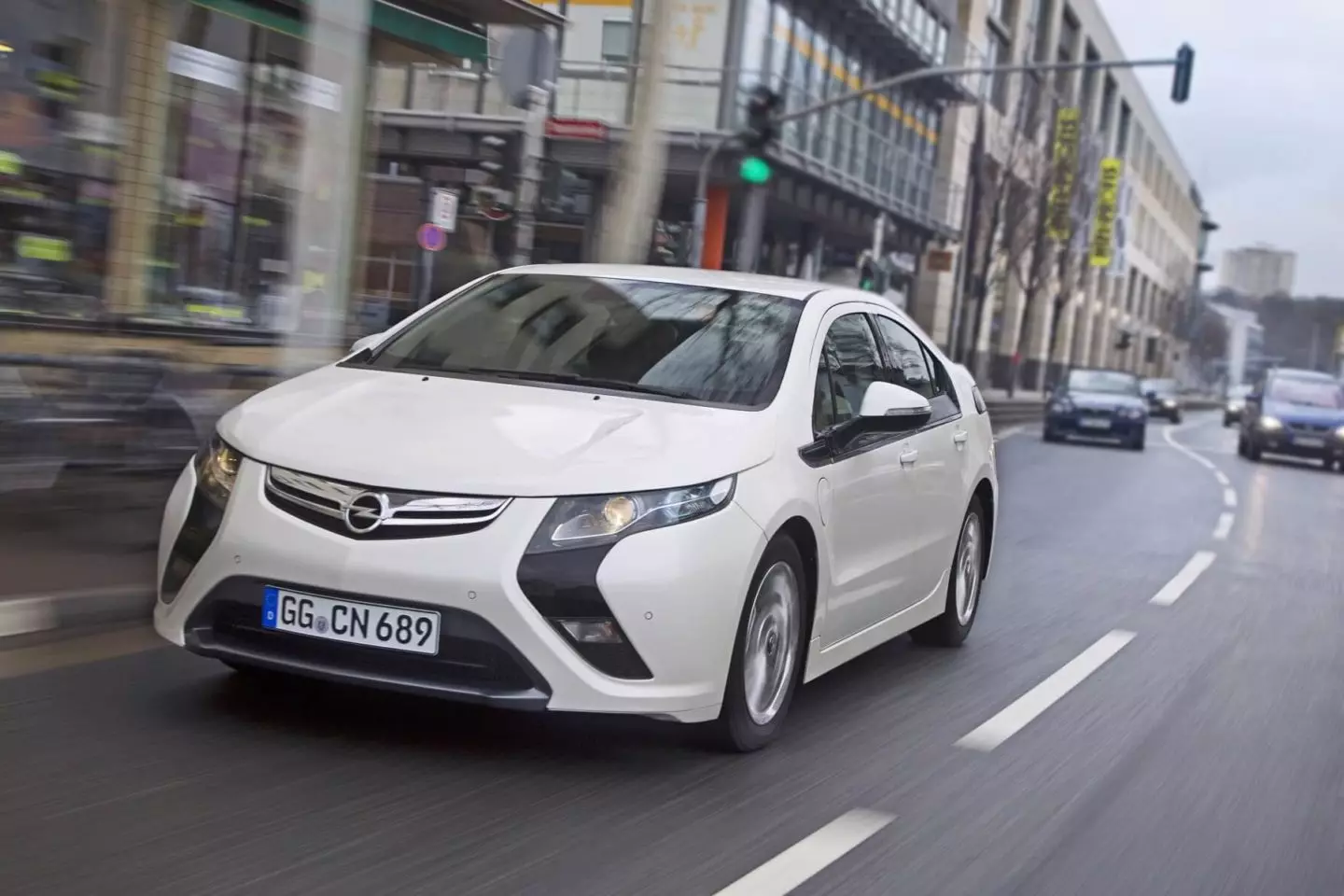
The advanced proposal that represented the Opel Ampera also guaranteed it the title of Car of the Year in 2012.
Opel Ampera-e (2016)
Electrification at Opel would see a new chapter in 2016, with the launch of the Ampera-e — the brother of the Chevrolet Bolt — its first 100% electric series production model. Despite the shapes reminiscent of a compact MPV, the Ampera-e had “big people” numbers.
With 204 hp (150 kW) and 360 Nm, the Ampera-e fulfilled 0 to 50 km/h in 3.2s and recovered from 80 km/h to 120 km/h in 4.5s. The autonomy was, already according to the WLTP cycle, of 423 km.
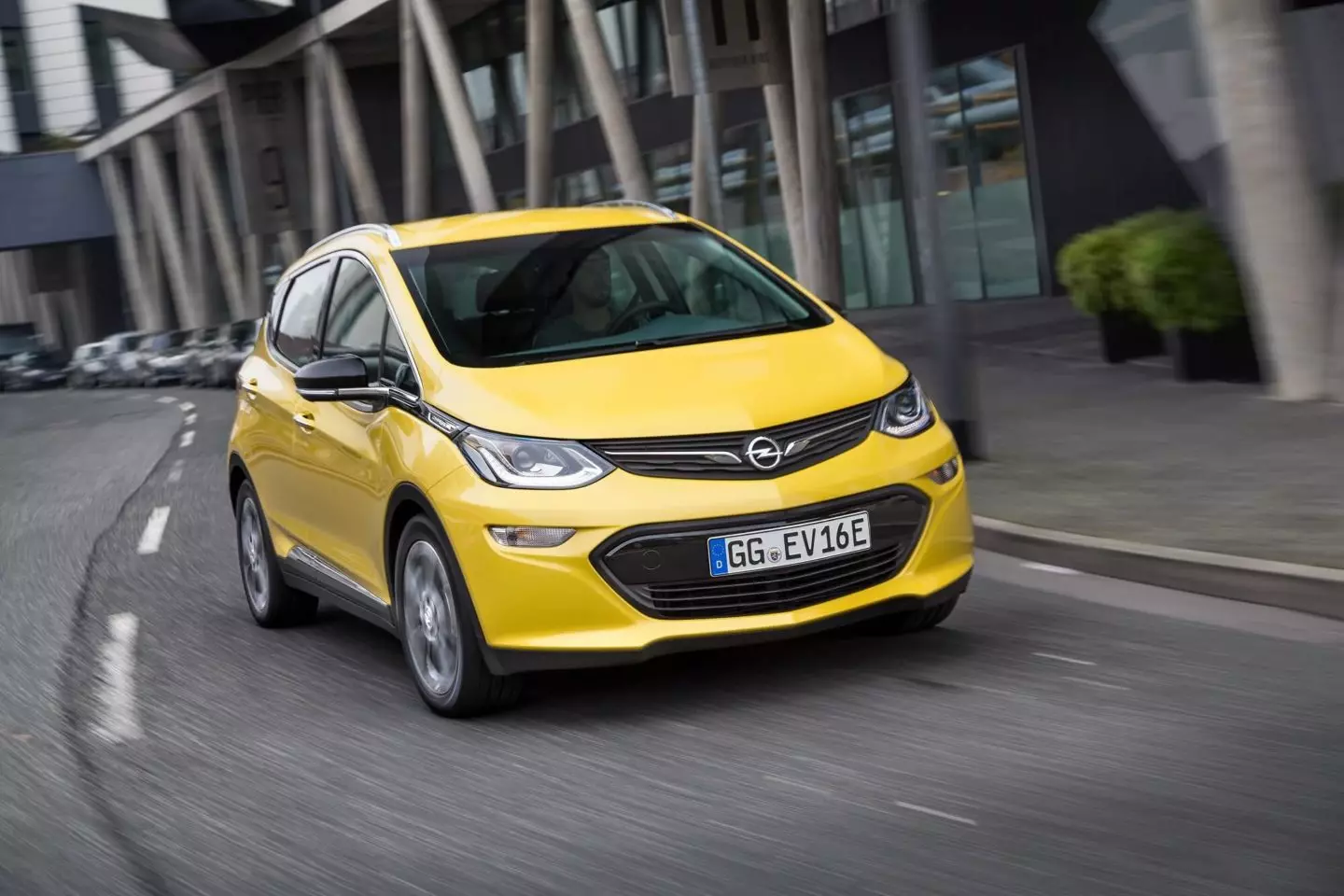
The Opel Ampera-e was, however, short-lived. A year after its presentation, the German brand would be sold by GM to the PSA Group, condemning the commercial career of one of the first new generation electric cars, able to travel more than 400 km on a single charge . Opel's electrification, however, would not stop…
Opel Grandland X Hybrid (2019)
Unveiled last year and already available in Portugal, the Opel Grandland X Hybrid is Opel's first plug-in hybrid.
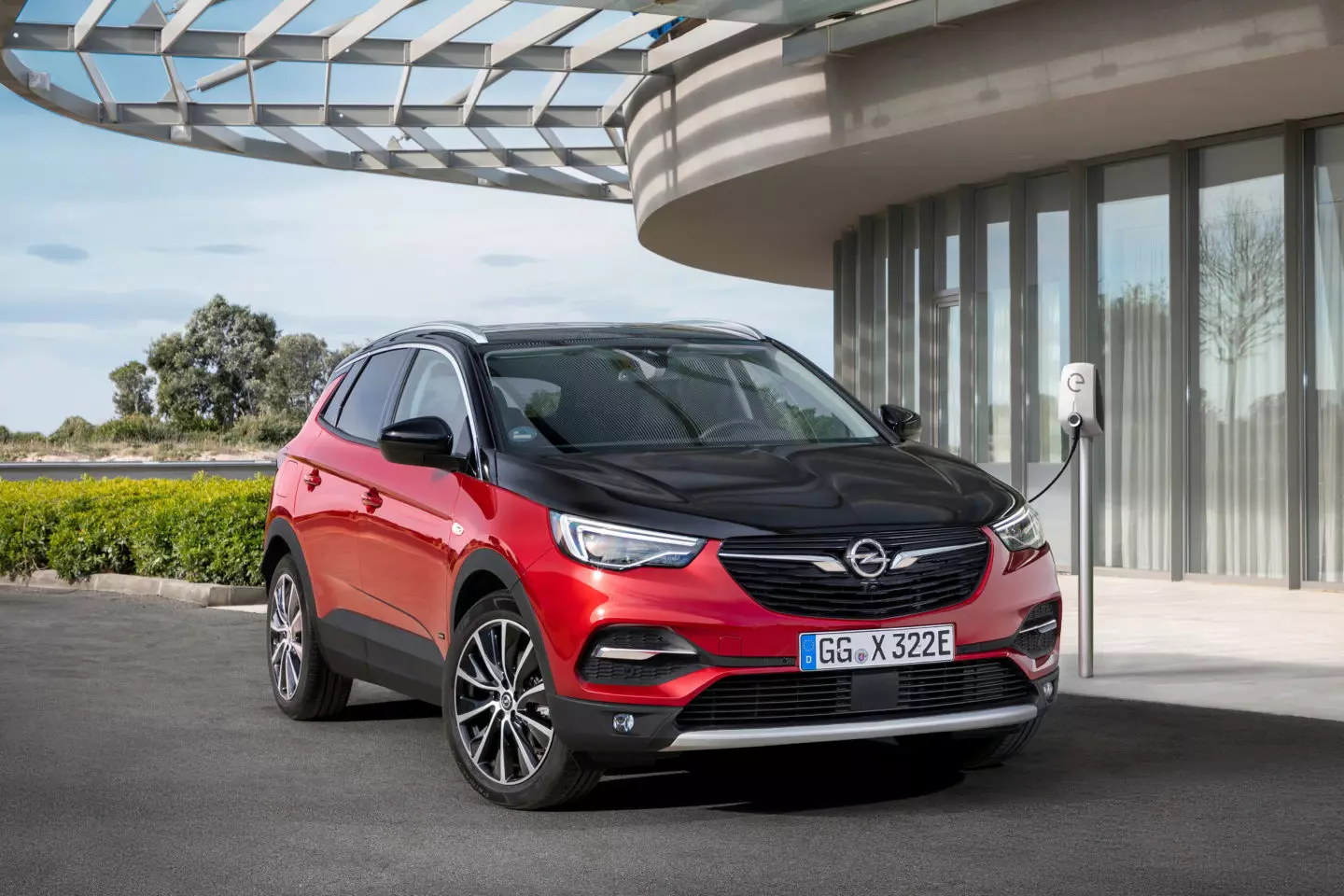
Available with all-wheel drive and 300 hp (221 kW) in the Hybrid4 version and front-wheel drive and 224 hp (165 kW) in the Hybrid version, the plug-in hybrid version of the Grandland X has an electric range of 57 km (WLTP cycle).
Opel Corsa-e (2020)
The last chapter, for now, of electrification at Opel was dynamically presented a few weeks ago. THE Opel Corsa-e is the latest bet by the Rüsselsheim brand in the field of electric mobility.
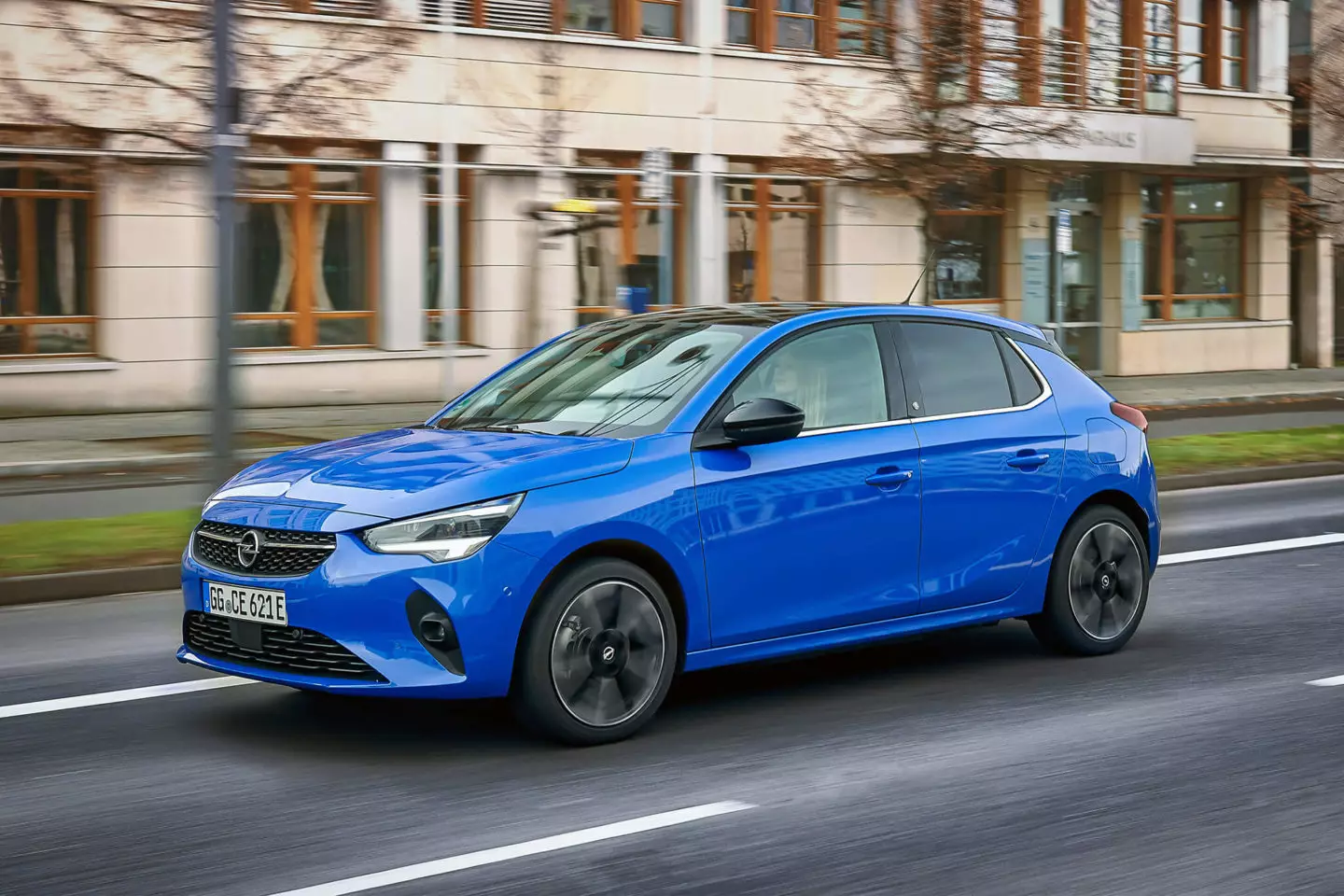
With 136 hp and a 50 kWh battery, the electric variant of the successful German utility vehicle has a range of up to 337 km (WLTP cycle) and can be recharged up to 80% in just 30 minutes — read more about it in our first contact .
